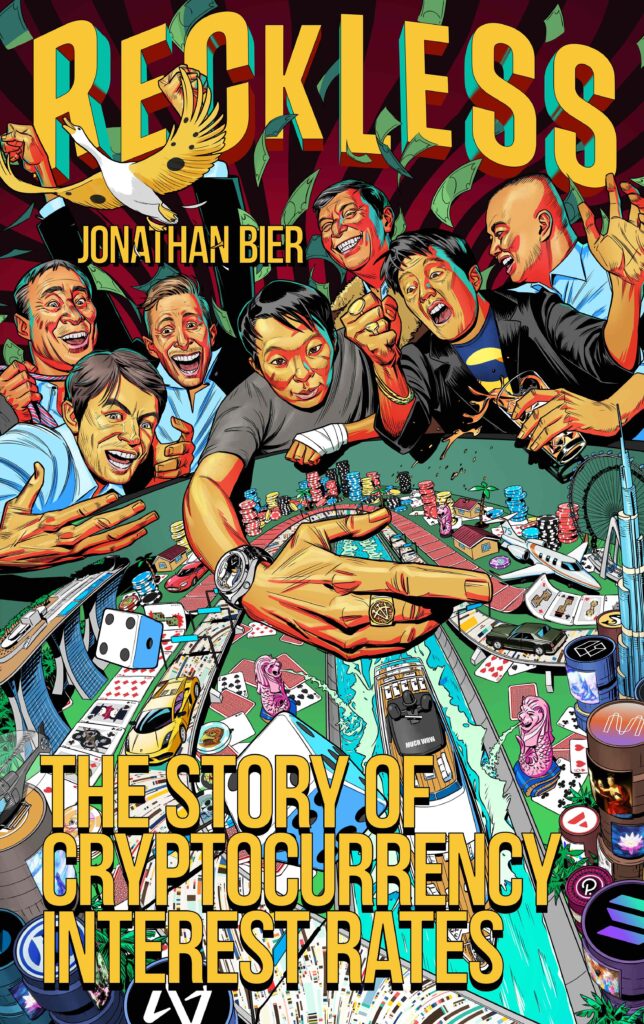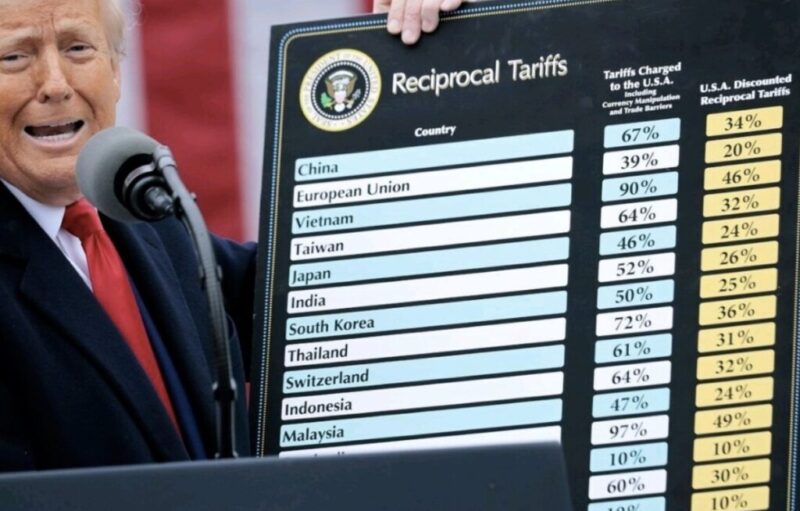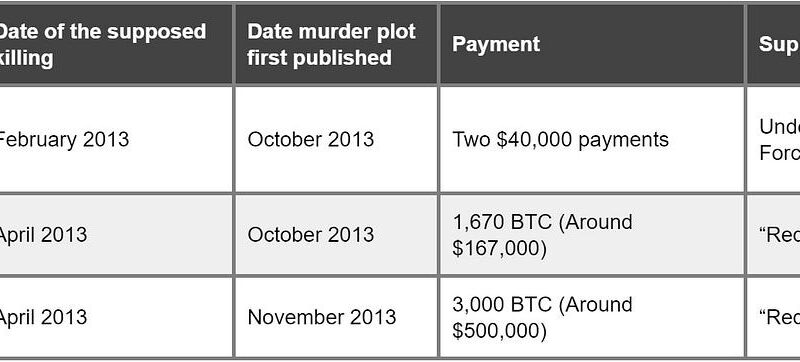Chapter 4 of the book Reckless: The Story Of Cryptocurrency Interest Rates is published below. The full book is available on Amazon. The book was written before the bankruptcy of FTX and therefore does not include coverage of this event. However, the book does provide useful commentary in the run up to the failure of FTX, which provides context for the eventual calamity.

If usury is the sin of interest rates being too high and exploitative, then one may ask what are the problems associated with interest rates being kept arbitrarily too low called? There does not seem to be a name for this, but the disadvantages of interest rates which are too low are very real. Some of these potential problems are outlined below:
- Overconsumption – The most obvious problem with the natural rate being too low is too much consumer consumption, driven by unsustainable borrowing. People could borrow too much money, which they cannot afford to pay back, attracted by an arbitrarily low natural rate of interest and causing them to become too indebted. People could consume more resources than the economy can support and this arbitrary overconsumption could also damage the environment through pollution to a greater extent than if consumption were at more natural levels.
- Overinvestment – Arbitrarily low interest rates could also cause too much investment, in particular investment in long term projects could be too high at the expense of projects with shorter time horizons. Much of this investment could be malinvestment if there are not enough real resources in the economy necessary to support the investments. Some projects which should never have been started could therefore fail to complete. With funding so cheap, companies could invest in projects that make very little sense, with time horizons that exceed the duration of the management team’s expected term in office.
- Funds trapped in the financial system – Another major criticism of arbitrarily low interest rates, is that the cheap funding remains trapped in the financial system and does not enter the real economy. For example, banks are often accused of hoarding the cheap cash and not loaning it out to real businesses. Banks also tend to be accused of only making loans to hedge funds and financial speculators, rather than to real businesses connected to ordinary people. Financiers and speculators therefore tend to benefit from the low interest rates, while the real economy continues to suffer as there may be no effective transmission mechanism to link the low interest rates to the real economy.
- Inequality – Interest rates which are too low can also contribute to inequality in society. Typically, only large financial institutions and the rich have access to low interest rates, while in a kind of interest rate apartheid, the poor do not. Interest rates which are too low can push up asset prices, such as property, which tend to be held by the wealthy. This can then contribute to an economic divide, with those that are not on the property ladder or who don’t own financial assets being left behind, with no hope of catching up.
- Flow of funds overseas or to unscrupulous areas to obtain yield – With the natural interest rate too low, investors hunting for yield may deploy capital overseas, where rates may be higher. This may weaken the value of the local currency and force investors, repressed by low returns, to invest in unscrupulous projects or schemes which promise higher returns, such as scams.
- Asset price bubbles – Artificially low interest rates can push up the price of land and financial assets. This positive price momentum, coupled with a continuing flow of cheaper and cheaper money, can cause frenetic fear of missing out (FOMO) driven price bubbles and speculation. This can then lead to bust and recession.
- Does not help the economy anyway – If interest rates are held at exceptionally low levels, some argue that the supposed benefits of low interest rates no longer apply and that the real economy does not benefit at all. For example, if interest rates are below 0%, it may have reached a kind of behavioural limit. At 0% ordinary people can detect that something is severely wrong with the economy and as rates get lower, rather than boosting consumption, lower rates can actually cause less spending. Very low interest rates can also cause bank profitability to decline, due to lower net interest margins, which could result in banks being less eager to lend.
- Consumer price inflation – Eventually, the impact of the low interest rates and higher money supply could enter the real economy, resulting in higher consumer prices. This may then result in people being unable to afford core necessities such as food, shelter and energy. It can result in a cost-of-living crisis.
The Inflation Targeting Orthodoxy
From the 1990s onwards, the orthodoxy from the authorities and central banks was all about inflation targeting. This applied across the developed world, in Japan, Europe and the United States. This inflation targeting framework was used to set target interest rates, while other considerations were mostly set aside. With such a focus on inflation, Goodhart’s law became more and more applicable. Inflation became an unsuitable measure by which to set interest rates. Not only was price inflation the main focus, but there was an obsession with a particular inflation number, 2%, which became a global standard. It was as if 2% is a magic number of some sort, with almost all central banks around the world agreeing on it.
Since 1996, the Federal Reserve unofficially had a 2% inflation target, which finally became an official target under Ben Bernanke in January 2012. The Bank of Japan formally set its price stability target at 2% in January 2013. The European Central Bank has a 2% target in its constitution and the Bank of England also has a 2% inflation target, which it was given in 1997.
2008 Financial Crisis
In 1998, after the failure of Long Term Capital Management, a leveraged hedge fund, in order to calm financial markets, the Federal Reserve responded by cutting interest rates by 25 bps to 4.75%. The chairman of the Federal Reserve at the time was Alan Greenspan and the phrase “Greenspan Put” became popular. This was a play on the word “put option”, the idea being that if conditions became tough, the Federal Reserve would ease, providing investors downside protection. These conditions were said to ensure stock prices kept on increasing in price.
At the end of the 1990s, a monumental bubble in technology and internet stocks occurred. The NASDAQ 100 composite increased in value by 414% from the end of 1997 to its peak in early 2000. The bubble was characterised by new internet companies that failed, such as pets.com, boo.com, and WorldCom, as well as companies that survived such as Amazon.com and Cisco Systems.
In early 2000 the technology bubble burst. The NASDAQ fell by around 85% from the peak to a low reached in October 2002. In response, the Federal Reserve cut interest rates. In 2000 the Federal funds rate was 6% and by late 2003 this fell to just 1%, this was an unprecedented rate, exceptionally low. This interest rate was far lower than the GDP growth rate in the US, which was around 4% in 2003. By 2004 the US economy picked up and was growing by over 6% per annum, yet interest rates remained well below this level. While growth was strong, inflation remained moderate and under control. By 2006 Ben Bernanke took over as chairman of the Federal Reserve. This period of moderate growth and low inflation was known as the “great moderation”. British Chancellor Gordon Brown famously repeated the “end to boom and bust” slogan repeatedly in the 2004 to 2006 period, taking credit for the stable economic environment.
Following on from this period of stability, was the 2008 global financial crisis. A credit crisis where the solvency of banks and financial institutions was in question and contagion spread throughout the financial system. The epicentre of the crisis was the failure of Lehman Brothers in October 2008. A huge amount of material has been written on the financial crisis, with commentators and analysts blaming it on the following:
- Poor and insufficient banking regulations.
- Conflicts of interest and bad practices at credit rating agencies.
- Greed in the financial industry and too much unethical behaviour.
- The failure to separate investment banking from retail bank deposits (Glass-Steagall Act).
- The existence of credit default swaps and collateralised debt obligations.
- Too much government support in the subprime mortgage market.
- Inappropriate accounting standards.
- Inappropriate value at risk models, too focused on statistical theory rather than the real world.
Other commentators often described the crisis as a random event, a bit like an extreme hurricane or earthquake. A catastrophe with no particular cause that cannot be predicted, which just happens every now and again. While there is truth to some of the above reasons, in that they did contribute to the crisis and they were certainly catalysts, another theory is that interest rates were kept too low for too long beforehand. This may have suppressed volatility in financial markets, encouraging complacency and allowed too much leverage to build up. It is the policy response to the 2000 technology bubble bursting, which may have sowed the seeds for the next bubble, the housing bubble, which then burst in 2008. The 2008 global financial crisis can fundamentally be thought of as a story of interest rates being kept recklessly low. However, there is no consensus on this view. This interest rate theory was not the conventional view among the establishment at all. The Federal Reserve denied that its policies contributed to the 2008 financial crisis and other factors were blamed.
The Policy Response
In response to the 2008 crisis the Federal Reserve and other central banks launched an unprecedented stimulus. Interest rates were lowered again, this time to historically low levels. The Federal Reserve lowered the base interest rate to 0% at the end of 2008 and kept rates at this level for seven years. Rates then climbed a bit for a few years from 2016 to 2019, before going straight back to zero as the COVID-19 pandemic hit.
In addition to lowering interest rates, central banks and the authorities also engaged in other expansionary policies to deal with the aftermath of the crash and achieve their 2% inflation targets. This included the nationalisation of several financial institutions impacted by the crisis, emergency loan and liquidity swap schemes and plans to purchase or guarantee “toxic” assets from the distressed financial institutions to repair their balance sheets, such as TARP (Troubled Asset Relief Program) or TALF (Term Asset-Backed Securities Loan Facility). In addition to these schemes, the other most notable policy was something called quantitative easing (QE). This is where central banks purchase government bonds (or other financial assets), in order to increase the banking reserves in the system. This policy expands the balance sheets of the central banks and as the policy continues, it tends to result in the central banks holding a large proportion of their respective countries’ national debt. This policy was enacted quite aggressively in Europe, the UK, Japan and the United States.
In a desperate effort to achieve the 2% inflation targets, some central banks even took interest rates negative. Sweden became the first bank to officially introduce negative interest rates in August 2009. The Swedish central bank set an interest rate of minus 0.25% for commercial banks who had deposits at the central bank. The idea was that commercial banks were hoarding too much capital, keeping it as cash deposits and not making enough loans into the real economy. Negative interest rates would deter this hoarding and force banks to loan money into the economy. Evidence justifying this policy was provided, which included data about the significant increase of commercial bank deposits at the central bank (bank reserves), which showed they were not lending enough. Anyone with a strong understanding of money and banking knows this logic is fundamentally flawed.
The level of aggregate commercial bank deposits at the central bank is determined by central bank policy, not the willingness of commercial banks to make new loans. Only the central bank (by their policy actions) can create or destroy bank reserves. Quantitative easing created new bank reserves. Once these reserves are created they are trapped. Commercial banks can shuffle these reserves around between them, but they cannot remove them. Only when central banks taper, do these reserves decline. When large dominant commercial banks make new loans, this does not reduce their central bank reserves. New loans create new deposits in the banking system. This can be a challenging concept to grasp and it’s important to think through the practicalities. If a commercial bank provides a mortgage, the seller of the property does not redeem the funds at the central bank, depleting bank reserves. Instead, the seller typically keeps the funds on deposit in the banking system and therefore deposits increase.
Therefore, the main justification behind negative interest rates appears somewhat flawed. However, there is the idea that if banks make a loss on their reserves, they then need to take more risk with the other assets in order to generate a profit. There is some justification here, however this logic is somewhat weak and the negative interest rates certainly don’t deter banks, as a group, from hoarding.
Despite the flimsy logic, negative interest rates continued. The central banks in Denmark and Switzerland also implemented negative rates and the European Central Bank itself also started charging negative interest rates on “excess” reserves. The negative interest rate in Europe lasted eight years, from June 2014 to July 2022. In 2016 the Bank of Japan lowered its key rate to minus 0.1%. Negative interest rates were never officially adopted in the United States, although it was discussed as a potential idea.
Some banks in Europe and Japan passed on these negative rates to depositors. In Denmark, in 2019, banks offered the world’s first negative interest mortgages. Jyske Bank is said to have offered customers a ten year deal at minus 0.5%. At the peak of negative rates, in around 2020, there were over 4,500 bonds trading with a negative yield, with a market value of over US$18 trillion. In March 2020, the German ten year government bond traded on a yield as low as minus 0.91%. In December 2020 a 100-year zero coupon Austrian government bond, traded on a yield of minus 0.01%. This means you could spend over 100 Euros today, for nothing except the right to potentially receive 100 Euros in the year 2120. That is assuming the Austrian government has not defaulted by then and if somehow you are still alive.
Quantitative easing also changed the mechanism by which central banks set interest rates. Prior to the financial crisis, central banks conducted open market operations which changed the level of bank reserves. Since these reserves were scarce, this was enough to influence short term interest rates. After quantitative easing started, this necessarily created excess reserves (that was the point of it), therefore open market operations were no longer sufficient to influence short term interest rates. After the financial crisis, the interest rates the central banks paid on excess reserves became an important tool. Therefore, some argued, changing the rate of interest on excess reserves, including charging negative rates, was a necessary tool to ensure natural interest rates reached the desired level.
In 2020, as the response to the COVID-19 pandemic hit the global economy, the authorities responded with even more stimulus. In March 2020, in the United States, interest rates went back down to zero again and the Trump administration passed a US$2.2 trillion stimulus bill. The bill included US$300 billion of cash payments to all Americans who pay taxes. That is around US$1,200 per person. In addition to this, hundreds of billions of “forgivable loans” to businesses were provided. The Biden administration passed a similar US$1.9 trillion package in March 2021. In total many people received three rounds of direct cash payments: US$1,200 in April 2020, US$600 in December 2020 and US$1,400 in March 2021. There were similar unprecedented programs in other countries, except they typically involved directly making a monthly payment to those who could not work due to COVID-19. Paying people to do nothing rather than produce. The era of helicopter money had finally truly arrived.
Related
The post appeared first on Blog BitMex






